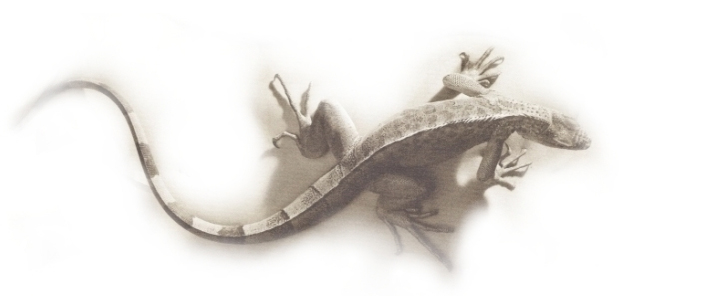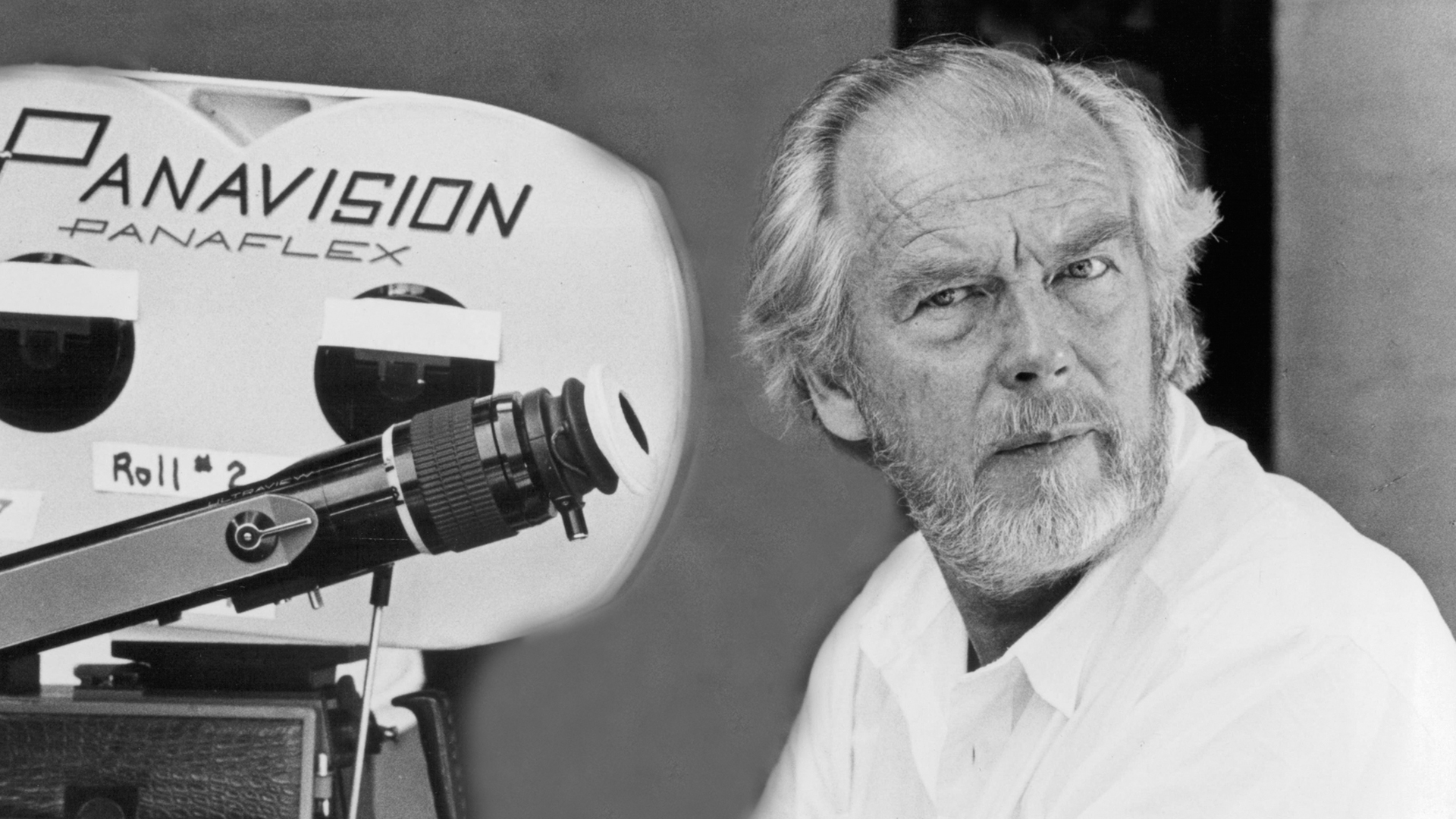

available as:
live audiovisual performing (47')
Aiòn#oo1 is an audio visual performance
dedicated to Sven Nykvist & Ingmar Bergman
including binaural beat frequencies and spacialized sound in dolby surround 5.1
It deals with the first of a series of performances that introduces to a public audience the results of a research based on the human perceptive ways and finalized to the induction of a progressive loss of the perception of the chronological time (krònos time), for the medium of a contemporary administration of so that called BBF binaural beat frequencies and images, for a "pluridimensional" perception of the moment (Aiòn time).
Likewise to how much it happens for the sight, (every eye records a different image that is combined then by the brain in an single image) the binaural waves are produced with two identical acoustic frequencies to which is applied a difference of phase between the left and the right audio channels. This difference of phase induces the brain to produce a third frequency called "brainwave" (absolutely subjective) that it is the resultant one of a mediation among the two sonorous impulses.
One consolidated scientific literature exists on the survey of the brainwaveses produced by the brain, coherently to the various states that goes from the deep sleep to that of maximum alertness. Those brainwaves are objectively recordable and measurable with a simple electroencephalogram: what is still field of experimentation it is the abstract that, for the medium of the BBF, the brain can be induced to produce a brainwave submitting to the same kind of frequency.
For instance: administering to a listener a frequency that corresponds to the so-called state of "lucid dreaming", slowly his brain would begin to produce the same kind of frequency (brainwave), with a process very similar to that defined in acoustic field "resonance for simpathy". As when picking a single string in a Sitar a resonance of all the others is obtained.The result, obviously is not mechanic, or automatic: our brain is a lot more complex than the also complicated and difficult Indian musical tool. Good part depends from the wish and from the predisposition of whom submits to BBF.
The operation unfolded in the carrying out of Aiòn#oo1 is the contemporarily uses of different perceptive inputs. The musical audio traces, mixed with BBF, are spacialized in real time in a dolby surround 5.1 diffusion: this audio system adds to the traditional stereo audio source (frontal, left and right channel), two back sources, a central one and a sub-frequency one. Differently to what happens in home-teathre or in the cinema rooms endowed with this system, In Aiòn#oo1 all the audio sources have the same importance, the sub-frequencies are used to the limit of the human audible range (infra-sound) and the audio channels movement (spacialization) it is finalized to produce a three-dimensional sonorous perception.

The black and white images projected in the main screen, are a tribute to the director of photograpy Sven Nikvyst and to the director Ingmar Bergman recently disappeared, and have been extrapolated from cinema-works realized in collaboration during the sixties. The images have been de-contestualized and re-contestualized in a new assemblage and editing coherent to the composition of the musical traces and the audio used during the performance. The video have been climbed on to the audio that is born before the images, reversing the traditional composition process for a soundtrack.In the secondaries screens a pulsation is projected, and it proceeds in sinchro to the diffusion of the BBF. The aim of this images is to became a sort of “video tutorial” to the sounds perception. For these considerations Aiòn#oo1 can be defined as an "interactive" performance in the deepest sense of the term: the whole used media are understood to act in inductive sense for a perception more close to the limbic one rather than a rational or encoded. Every single element of the public is invited to listen to the really "internal concert/performance" as active protagonist and not passive.This kind of perception is free from the krònos time and it is absorbed in to the Aiòn.
Aiòn#oo1 is born as a live audiovisual performance. The composer _mar.core drives in real time more than 24 audio tracks and creates a live spacialization of the sound interacting with the images and with the acoustic peculiarities of the venues where the performance is developed. Anyway a “recorded version” have been developed for tv broadcasting, previews and video presentations.
This version named “broadcast version” contains the same video images projected in the main screen during the live set. The soundtrack is a choice of the most significant audio tracks used during the performance version, together to the BBF (binaural beat frequencies).
"Today we make everything so complicated.
The lighting, the cameras, the acting.
It has taken me thirty years to arrive at simplicity."
Sven Vilhem Nykvist (1922) it is considered from many the greatest director of photography of the world. During his long career, that crosses half a century, Nykvist has succeeded in synthesizing the cinema art to its essential attributes : the light is used to create states of mind, to reveal the natural tones of the human face often framed in first plan as medium of expression of the emotion of the scene without the technical means become never intrusive "… thanks to Sven the cinema has conquered the human face"(Bergman).
Since child it develops a particular interest in to make movies: it was only 15 years old when he bought his first 8mm camcorder. He was encouraged by his father in spite of the customs of the social circle in which his family lived (the parents of Nykvist were missionary in Africa).In 1941, when he was 19, Nykvist leaves the college just in the middle of an examination and goes to look for a job in the cinema. Its first employment was as assistant cameraman with the Sandrews production in "Poor Millionaire" directed by Sigurd Walle. In 1945 Nikvyst was already director of photography in "the Children" of Rolf Husberg: he never return back since then. He comes into contact with many of the principal names of the Swedish cinema: Hasse Ekman, Alf Sjöberg (from whom absorbed a notable influence on the composition of the portraits, according to same Nykvist), Viveca Lindfors, Lorens Marmstedt, Weary Hallstrom and Julius Jaenzon (the operator of the mute films of Victor Sjöström). During the 50's he worked with different directors among which Ivar Johansson, Arne Mattsson (nicknamed by Nykvist "the dolly" for his love for the long plain sequence) and Alf Sjöberg. In this period he also realized some documentaries among which one on Alberto Schweitzer during which spent a lot of time in Congo, on the footsteps of his parents.
Just married Ulla Solderlind, in the 1953 Nykvist shoots the insides for "Sawdust and Tinsel" realizing a fantastic panning to 180 degrees of Åke Grönberg that it grasps a gun. It seems that has been this shoot to impress Ingmar Bergman to the point to make him decide that from that moment he would always have liked Sven Nykvist in his films. But in 1954, when Bergman was about to begin "Dreams", Nykvist was in Iceland with Mattsson for the realization of "Salka Valka" and, when he returned, Bergman had left the Sandrews for the Svenk Filmindustri, consolidating his collaboration with the director of photography Gunnar Fischer ("Seventh Seal"). Only in 1960 (Gunnar Fischer had been engaged by the Walt Disney Pictures) Nykvist started working with Bergman for the film "The Fountain of the Virgo". Sandrews productions allowed him to do that at the condition that they could loan Bibi Andersson, at that time under contract with Svenk Filmindustri.
The passage from Fischer to Nykvist changes in radical way the aspect of the films of Bergman: a difference comparable to that between Caravaggio and Rembrandt. The illumination of Fischer is a study of light and obscurity, while Nykvist prefers an approach thinner and naturalistic that remembers the compositions of northern light used by the Scandinavian painters. The collaboration between Nykvist and Bergman has been one among the most profitable in the history of the cinema, supported by a group of actors with which the two swedish shooted the most greater part of the films: the symbiosis that came to create with Ingrid Thulin, Harriet Andersson, Gunnel Lindblom, Max von Sydow, Liv Ullman, Erland Josephson, went a lot over the professional aspect.
Their pioneer job was concentrated on the emotional impact of the light and on the levels of the grey the white and black. For instance all it takes remembering the almost suffocating characteristic of "As in a Mirror", or "The Silence" that brings back us to the German expressionism. In "Lights in winter", Nykvist after having attentively studied the light in a true provincial church, recreated all the imperceptible changes of light created by the passing of a day in a theater in Stockholm. In "Persona", Nykvist used a lot of the famous" Swedish sun of midnight ", and it is really this film that Nykvist develops his characteristic propensity to the first plans and the long fields, eliminating completely the middle fields. In "Ann's Passion", Nykvist has succeeded in capturing the cold, sad and melancholy look of the island of Faro: it was also one of the first films shooted with color. (Nykvist and Bergman were very reluctant to use the color). A fascinating study on the white and on the red is represented from "Whispers and Cries" thanks to which Nykvist won an Oscar.
Nykvist, that had sporadically worked in foreign countries, from the end of 70's begins to receive increasing job requests out of Sweden. Among the various directors with which he has collaborated we find: Louis Malle, ("Pretty Baby"), Philip Kaufman ("The unbearable Lightness of the being"), Bob Fosse ("Star 80"), Nora Ephron ("Sleepless In Seattle"), Woody Allen ("Another Woman, Crimes and Misdeeds"), Richard Attenborough ("Chaplin") Roman Polanski, Paul Mazursky, Volker Schlöndorff, Andrei Tarkowsky, Peter Brook. Working in Hollywood revealed him all anything else other than simple. First thing Nykvist had to enroll himself in the ASC (American Society of Cinematographers) to which, actually to that moment, had not been admitted any European yet. It was forced besides to adapt himself to a new way of working: the accords and the syndical arrangements, prevented him from directly using him the camcorder as he had always done for more than 80 films. The work with Bergman parallelly continues to its international career, and it was again thanks to a film of Bergman that he won his second Oscar with "Fanny & Alexander (85).The ability of Nykvist in to succeed in quickly using and effectively the natural illumination, his ability to realize so simple but deeply expressive images, united to a humble and reflexive temperament, made him one of the more requested cinema operators in the world.
During 90's he worked with Weary Hallström in "What's Eating Gilbert Grape"(93), with Liv Ullmann in "Kristin Lavransdatter"(95) and "Private Confessions"(96). In this period it also accompanies the debut as director of Erland Josephson and Max von Sydow. Nykvist have been director too in some of his own films among which "Under Sodra Korset"(52), "Gorilla"(56), "Lianbron"(65), "One on One"(78) and "The Ox"(91) with Liv Ulmann and Erland Josephson and with which has earned a nomination to the Oscar. Is just during the working of "Private Conversations", that his friends and colleagues begin to notice a difficulty of communication of Nykvist: it seemed inexplicable that a man that had always been so fluid in his job pronounced in indistinct way the words. Nykvist easily got tired and suffered from his increasing incapability to express him on the set. In 1998 it is forced to retire himself from the cinema following a diagnosis of progressive aphasia. Before the year had worked to "Celebrity" of Woody Allen: it has been his 123rd and last film. The documentary "Light Keeps Me Company" (99) shooted by his son Carl-Gustaf Nykvist it is a tribute to his father Sven to which has participated good part of his colleagues of work in the films of Bergman. Sven Nykvist has leaved us in September 2006.
(texts collected-edited by _mar.core)

"… I don't exactly remember where or when I have fallen in love with the light;
in the crib perhaps, when the sun was gently placed on the smile of my mother…
or when I acknowledged me the pulsating red through my closed eyelids…
a child can also pass us some times.
The complexion of my first love caressed by the light of the candle
is indelible preserved tenderly in my memory. …
I know that I became a man when I discovered the beauty without time
and the mystery of the dance of light and shade that are the cinema."
Sven Nykvist
_____________________________
aiòn#oo1_works